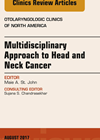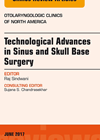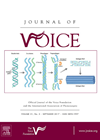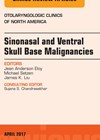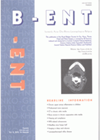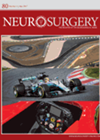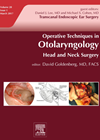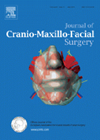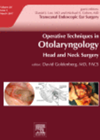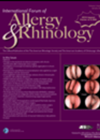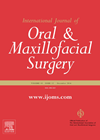
Journal Reviews
Advances in surgical innovation for head and neck cancer
This article reviews current advances in surgical treatment of head and neck cancers such as sentinel node biopsy, stereolithic modelling, transoral robotic surgery and intra-operative imaging of tumour margins. Sentinel node biopsy has been found to be especially useful for...
What is the evidence for contralateral tonsillectomy in TORS for known unilateral tonsil malignancy?
The concept of field changes by carcinogens within the upper aerodigestive tract is well established with reported rates of synchronous tumours of 4% and second primaries of 36%. The tonsil in particular has the highest rate of synchronous tumours, postulated...
Stenting and sinus surgery
Stents are used in sinus surgery with the aim of maintaining patency of sinus cavity avoiding restenosis from inflammation or scarring. The exact indication for stenting in sinus surgery however is still debated. The authors discussed the potential role of...
Should we routinely perform steroid injections following microlaryngeal excision of benign lesions?
This retrospective cohort study assessed a single surgeon’s outcomes before and after the routine administration of intralesional triamcinolone following microsurgical removal of benign vocal fold lesions (polyps, nodules and cysts). A total of 211 patients were recruited for the study....
Robotic surgery for ventral skull base malignancy
The use of transoral robotic surgery (TORS) in the head and neck area has been shown to be a safe and effective technique, achieving good oncological clearance of the oropharynx, hypopharynx, supraglottis and glottic area. However, robotic surgery for the...
Surgery for snoring
The prevalence of sleep-disordered breathing is rapidly increasing. There is variable evidence for surgical treatments for snoring currently. This Belgian study was a retrospective review of 84 patients who underwent surgery for snoring between May 2011 and December 2015. A...
Are imaging studies necessary in uncomplicated headaches?
Over-imaging is one of the banes of modern medicine. One may argue that in this litigious atmosphere it is safer to get an MRI done rather than not. Despite the recommendations of the American Headache Society and the American College...
Options for the endoscope and acquired cholesteatoma
This was a thought-provoking article examining the reasons why the authors believe that the endoscope is enabling an improved understanding of acquired cholesteatoma and its management. They describe in depth the ventilation pathways of the middle ear, and how they...
Which patients are more likely to have postoperative pulmonary complications after major head and neck?
Postoperative pulmonary complications (PPC) following major head and neck surgery are frequently encountered. Indeed, surgery in the head and neck area itself has been identified as a risk factor for these complications. Microvascular reconstruction is a widely accepted and proven...
A beginner’s guide to endoscopic ear surgery (EES)
For some, this article will not provide them with anything new with respect to EES – in particular, the advantages of the technique and how to achieve them. However, for those surgeons who are debating whether to embark on the...
Microbiome changes after endoscopic sinus surgery: all is not what it seems
As we keep fighting a losing battle with bacteria and antibiotics, it becomes clear that it is not about killing bacteria, not even diminishing the bacterial load, but rather about shifting the different types of bacteria that colonise and live...
Surgery for class III malocclusions pharyngeal airway and sleep apnoea effects
Thirty-three patients from Brazil were assessed for obstructive sleep apnoea and hypopnoea syndrome pre- and six months postoperatively. The 33 patients were made up of nine having mandibular set back surgery, six maxillary advancement and 18 bi-maxillary surgery. They identified...

